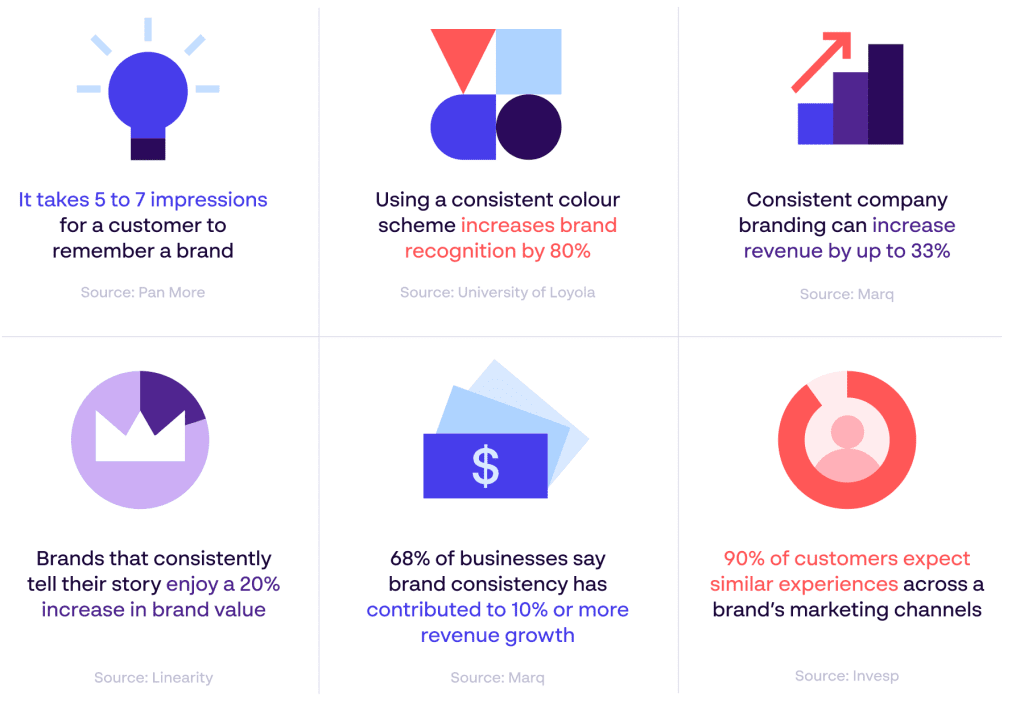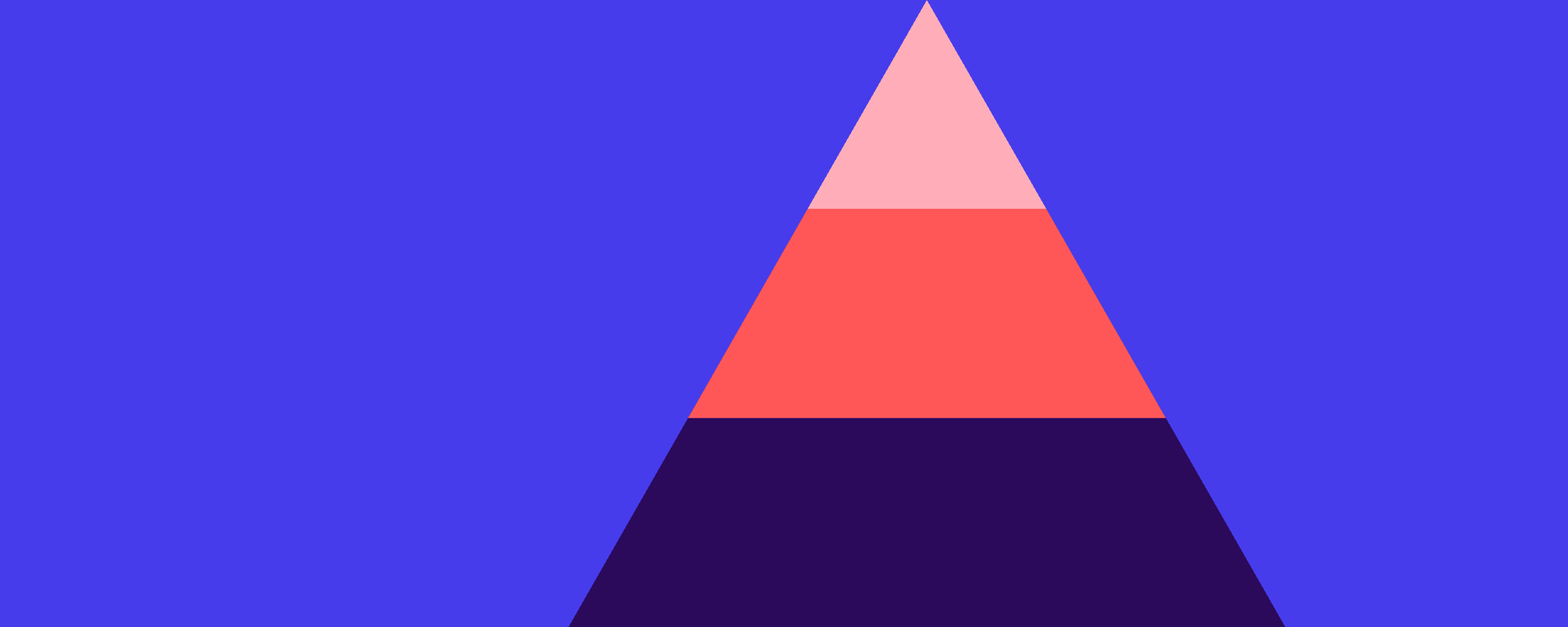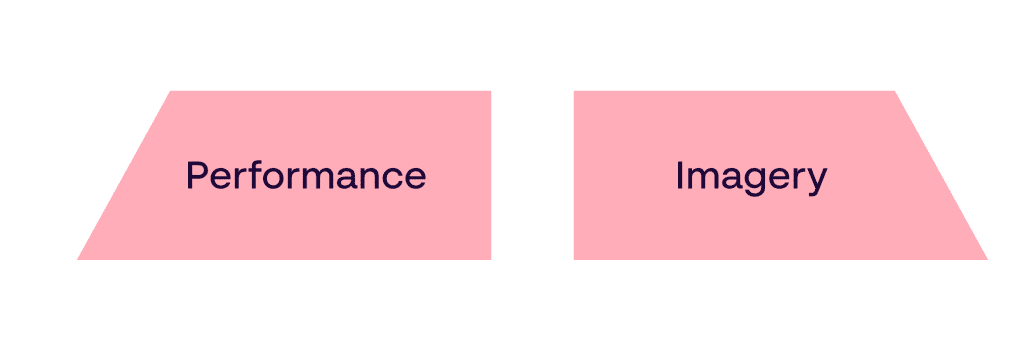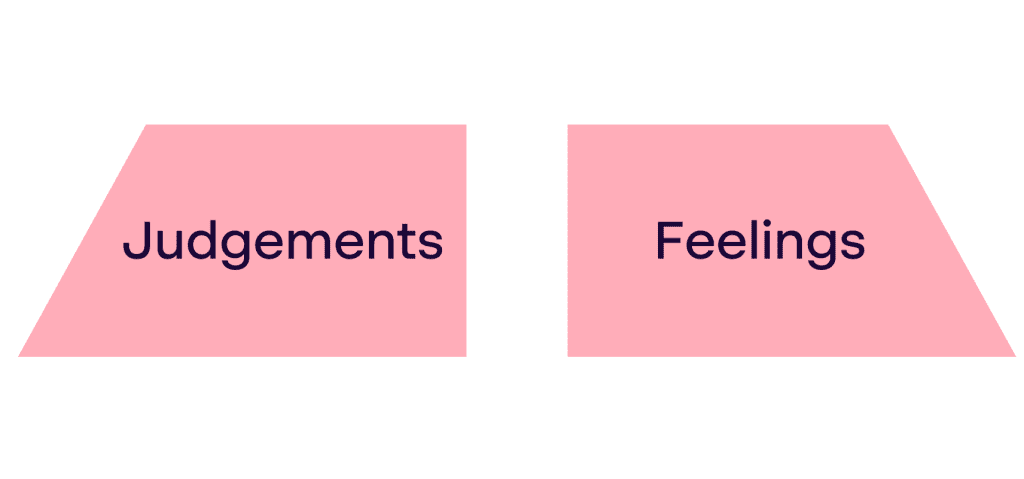You’ve built a strong brand identity with the potential to delight customers and stand out through clear differentiation. But can your teams execute it consistently – across every market, every social media platform, every time?
When customer expectations are met – or exceeded – brand equity grows stronger, and your positioning becomes more resilient in the market. But if marketing materials or social media posts go out misaligned or unapproved, the damage is subtle but compounding: lost trust, diluted brand values, and missed opportunities to reinforce your tone of voice and visual assets.
After all, healthy brands demonstrate:
- Consistent brand identity across regions
- Fast, compliant content creation with strong brand compliance
- Clear performance metrics to guide strategy and marketing campaigns
- Strong customer loyalty through repeated, relevant experiences
You don’t always see where you’re lacking in these areas until the numbers start slipping – engagement down, financial performance flat, and inconsistent delivery across touchpoints. It can often be difficult to pinpoint why this has happened.
From brand health gaps to stronger customer advocacy
Brand health reflects how well your brand delivers on its promises – not just what products or services are available, but how clearly your tone of voice, values, and brand messaging resonate with your audience. It’s about the emotional connection that encourages customer advocacy and repeat purchase behavior.
Excellent brand health trackers like Talkwalker, Brandwatch, and Qualtrics provide valuable insights into share of voice, customer perception, and brand image. These tools help brand managers monitor performance – but they are only the first step in fixing the issues.
A brand health tracker reveals key signals – positive or negative – like awareness, perception, and customer preference. But the most common wins and gaps point back to execution. Whatever the results, refining your strategy almost always comes down to how you define your branding, create content, and manage your brand communication. Your messaging could be perfect – but if execution is inconsistent, brand equity will suffer.


It’s not a visibility problem – it’s a governance problem
Seeing everything that happens across expanding markets, stakeholders, and touchpoints is an impossible task for any one team. And the issue isn’t visibility alone – it’s the lack of governance, structure, and branding tools that support consistent delivery.
True added value comes when marketing operations give every team the means to manage content in ways that uphold brand governance – ensuring every blog post, campaign asset, and social media presence builds trust with potential customers.
Fixing brand health with a better content creation strategy
If you’re concerned about brand health, chances are your current brand and marketing approach is already showing signs of strain:
- Are digital assets scattered across tools or saved locally?
- Do local teams create off-brand content due to slow – or no – approvals?
- Is your brand book (brand guidelines) clearly understood at every level?
- Can you track what’s being created, shared, and reused globally?
If any of these feel familiar, you’re not alone. The path to stronger brand perception and customer relationships starts with control, consistency, and clarity.
1. Consolidate your brand and content ecosystem
Provide branded portals that offer every team – from global HQ to small business units – instant access to the right branding assets:
- Visuals and messaging aligned with your brand book
- Easy navigation that reflects your branding strategy and user experience
- Controlled access by role, region, or team – or create new localized portals


2. Empower teams with Templated Content Creation
Enable templated content creation so visibility is no longer a barrier, and every team can produce brand-consistent content at speed:
- Let marketers create personalized content while protecting brand identity
- Use locked templates to preserve tone of voice and guard key brand elements
- Streamline approvals to go live faster and reduce campaign bottlenecks


3. Measure, adapt, and improve brand performance
Track content effectiveness across regions to see what works – and where you can improve. With the right data insights, your team can strengthen brand equity and improve share of voice:
- Use built-in analytics to surface underused digital assets and campaigns
- Identify formats and channels that resonate with your target market
- Build equity by focusing on what drives customer satisfaction and loyalty
Building brand awareness beyond the health check
Strong brand governance does more than reduce risk – it ensures your brand shows up with impact and consistency across all social media platforms and marketing channels. A healthy brand supports lasting customer relationships, deeper emotional connection, and the brand recognition needed to grow.
Understanding the signals is just the beginning. The next step is giving your teams the tools to act – clearly, consistently, and on-brand.
Explore how Papirfly ‘s modular suite of branding tools empowers your teams to define your branding, scale content creation, and protect every element of your brand—turning insights into real-world results.










